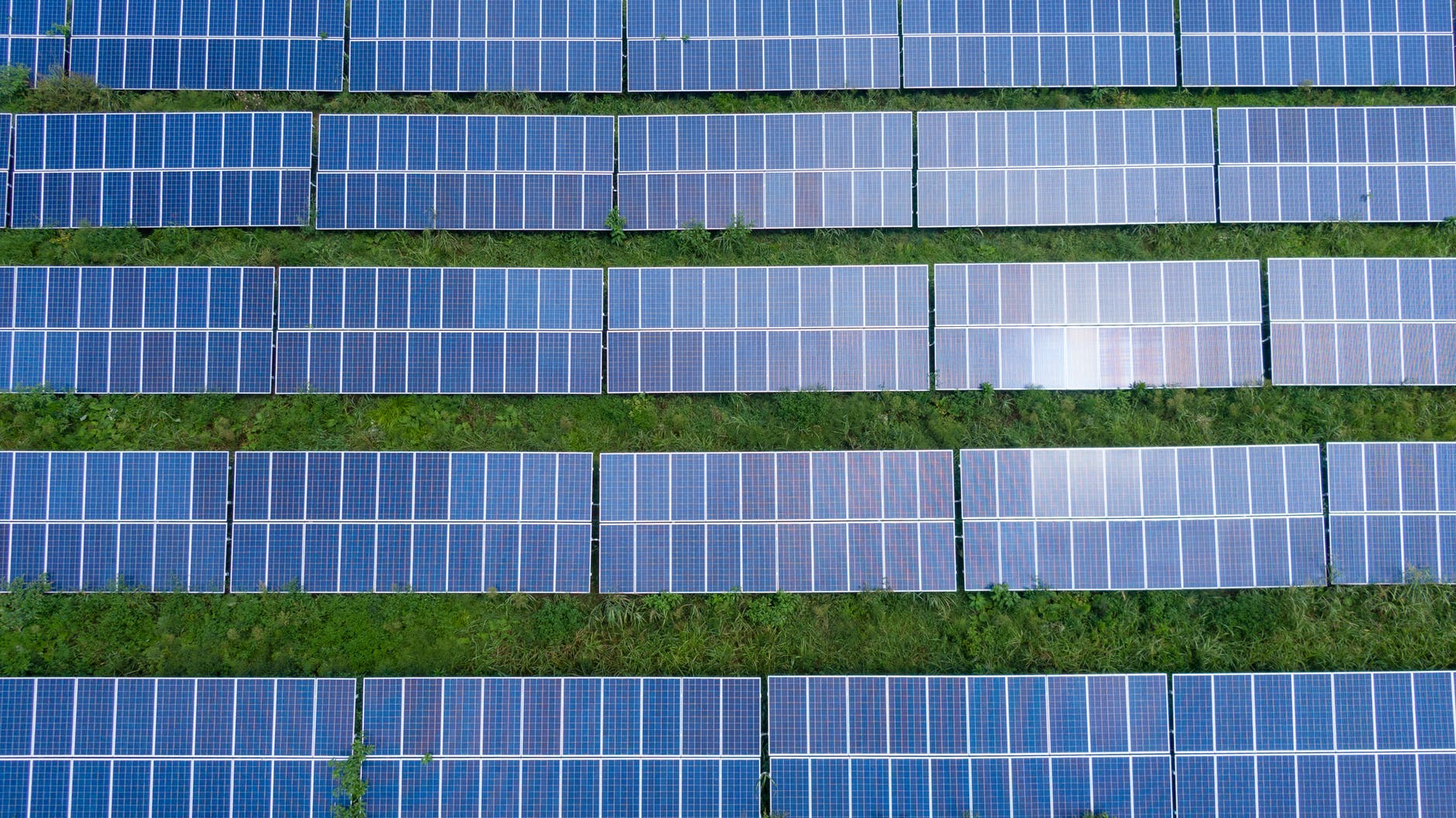What are the 2 main disadvantages to solar energy?
You may be contemplating alternate energy sources, such as solar, as the price of power continues to rise by 3% to 5% annually. However, there are several significant downsides to consider prior to installing a solar system in your home. The main disadvantages to solar energy are:
1. Lack of Dependability and Consistency
A solar system depends upon the continuous absorption of sunlight, namely subatomic particles known as photons, which are simply disrupted. Sunlight is limited due to the given below reasons:
• Latitude: While solar electricity is available practically any place in the world in many forms, its effectiveness decreases dramatically as remoteness from the equator increases. Residents of different countries from the whole world Vancouver, Canada, and St. Petersburg, Russia, are the examples that are the main disadvantages to solar energy in terms of sun radiation.
• Clouds: Clouds reduce the effectiveness of solar panels, mainly in smoggy or foggy areas. According to the National Renewable Energy Laboratory,
“During foggy or low-cloud circumstances, the solar resource is around 10% of what it is when the sky is clear.”
Clouds would rarely hide solar arrays in Denver, Colorado; given the city only has 30 to 40 gloomy days per year. Despite its proximity to the equator, Hilo, Hawaii, experiences rain on an average of 277 days a year, making it a poor candidate for solar-power generation. The Earth is a gigantic obstacle that acts nightly to disrupt the flow of light to the hapless immobile solar arrays.
• Deterioration of solar panels: Just like anything else exposed to the sun, solar panels deteriorate with time. Rain, snow, filth, temperature changes, hail, and wind can all be dangerous.
2. Pollution & Environmental Impact
Land and water consumption and pollution, habitat loss, and the use of highly hazardous compounds in the production process are all environmental consequences linked with solar power which is the main disadvantage to solar energy.
In terms of the installation space, solar fields can consume a lot of lands, and unlike wind power, sharing the lands for agricultural purposes is not a possibility. When it comes to mining and producing the materials needed to make photovoltaic panels, solar power has an impact on land use.
The usage of solar cells on cultivable land has the potential to impair the land’s productive portions. Large-scale land use also has an impact on the area’s thermal balance, as the earth absorbs more energy than it would otherwise reflect back to the surface.
A substantial solar power application will necessitate the use of thousands of square kilometers of desert land. Such an application will almost probably influence the thermal balance of this land region. Furthermore, additional heat could wipe out a few species that live in such a hostile habitat. To avoid such extensive land use, space solar power stations are being considered, but the energy generated by these systems must be delivered to the ground through microwave, which could result in radiation pollution and damage avian life moving through the irradiated zone. All hazardous materials are disposed of in fields in an irresponsible manner, damaging the air, water, and soil.

